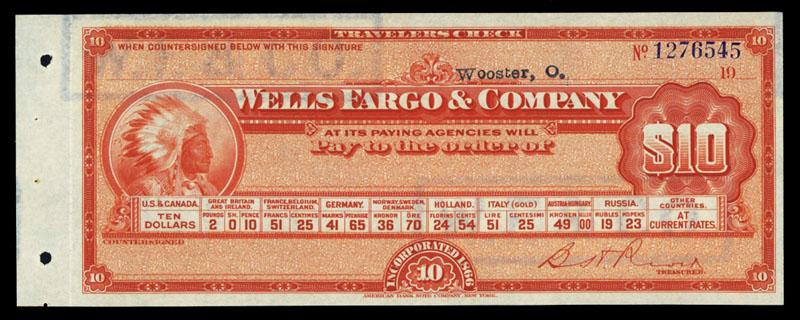

Close to nine-tenths of Signature Bank’s roughly $88 billion in deposits were uninsured at the end of last year, according to regulatory filings. The Federal Deposit Insurance Corporation insures deposits only up to $250,000, so anything more than that would not have the same government protection.

Like Silicon Valley Bank’s clients, most of Signature bank’s customers had more than $250,000 in their accounts. In 2018, the 24-year-old bank began taking deposits of crypto assets - a fateful decision after the industry’s bottom fell out after the collapse of the FTX cryptocurrency exchange.

The bank’s clients included some people associated with the Trump Organization, Mr. Signature Bank, which provided lending services for law firms and real estate companies, had deposits of less than $100 billion across 40 branches in the country. took control of Silicon Valley Bank, New York regulators abruptly closed Signature Bank on Sunday to stymie risk in the broader financial system. In the aftermath of that crisis, Congress passed the Dodd-Frank financial-regulatory package, intended to prevent such collapses. The failure of Silicon Valley Bank, based in Santa Clara, Calif., is the largest since the 2008 financial crisis. The F.D.I.C., created by Congress in 1933 to provide consumer deposit insurance to banks, is responsible for maintaining “stability and public confidence in the nation’s financial system,” according to its website. The takeover put about $175 billion in customer deposits under the control of the federal regulator. The Federal Deposit Insurance Corporation announced on Friday that it would take over the 40-year-old institution, after the bank and its financial advisers had tried - and failed - to find a buyer to step in.
Wells fargo checkbook free#
Once Silicon Valley revealed its huge loss on Wednesday, the tech industry panicked, and start-ups rushed to pull out their money, resulting in a bank run.īy late last week, Silicon Valley Bank was in free fall. To fulfill its customers’ requests, the bank had to sell some of its investments at a steep discount. The bank also had a significant number of big, uninsured depositors - the kind of investors who tend to withdraw their money during signs of turbulence. Because the bank’s business was concentrated in the tech industry, Silicon Valley Bank started to see trouble when start-up funding began to dwindle, leading its clients - a mixture of technology start-ups and their executives - to tap their accounts more. The bank was unique in ways that contributed to its rapid demise. Those once-safe investments looked a lot less attractive as newer government bonds kicked off more interest.īut not all of Silicon Valley Bank’s problems are linked to rising interest rates. This meant that Silicon Valley Bank was left in the lurch when the Federal Reserve, looking to combat rapid inflation, started raising interest rates. The bank hadn’t considered what was happening in the broader economy, which was overheated after more than a year of pandemic stimulus. But they were, it turned out, shortsighted. Those investments promised steady, modest returns when interest rates remained low. Silicon Valley Bank provided banking services to nearly half the country’s venture capital-backed technology and life-science companies, according to its website, and to more than 2,500 venture capital firms.įor decades, Silicon Valley Bank, flush with cash from high-flying start-ups, did what most of its rivals do: It kept a small chunk of its deposits in cash, and it used the rest to buy long-term debt like Treasury bonds. Here’s what we know so far about this developing story. The banks’ swift closures have sent shock waves through the tech industry, Washington and Wall Street. By Sunday night, regulators had abruptly shut down Signature Bank to prevent a crisis in the broader banking system. On Friday, Silicon Valley Bank, a lender to some of the biggest names in the technology world, became the largest bank to fail since the 2008 financial crisis.


 0 kommentar(er)
0 kommentar(er)
